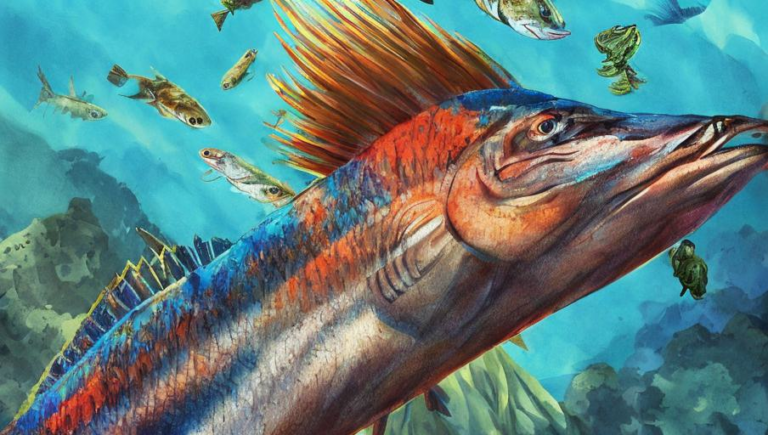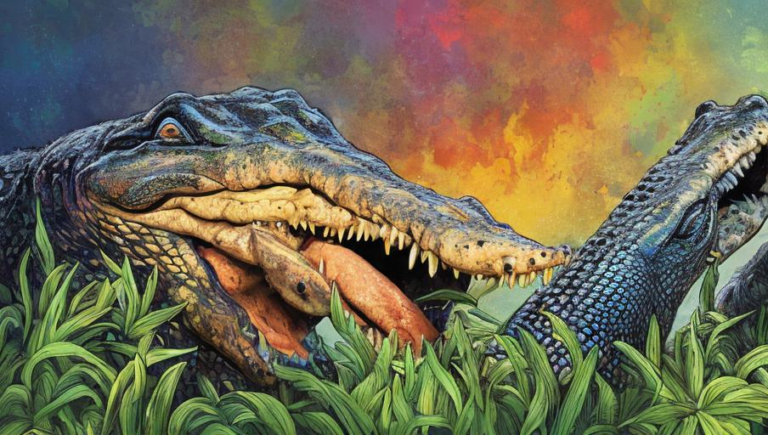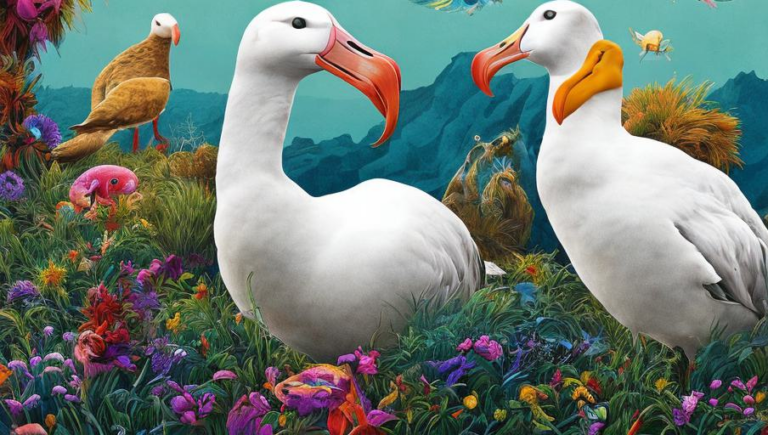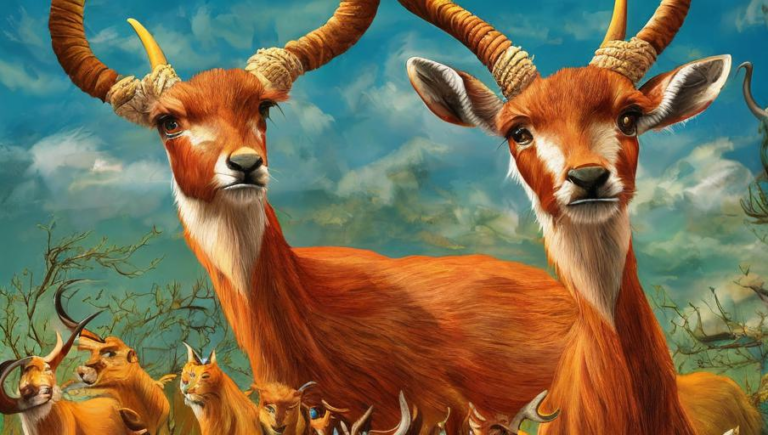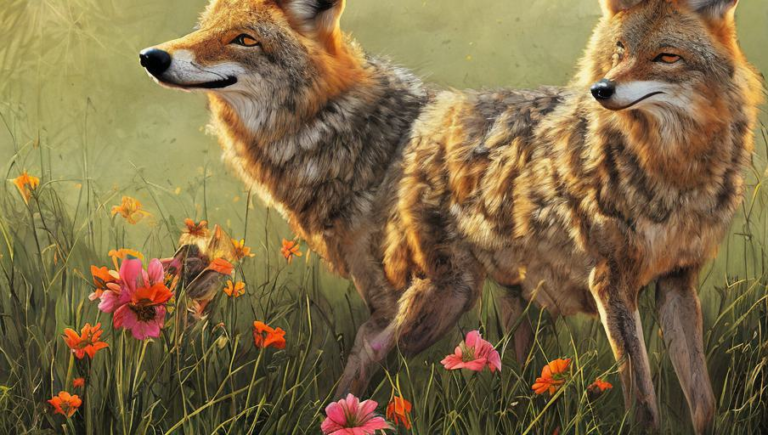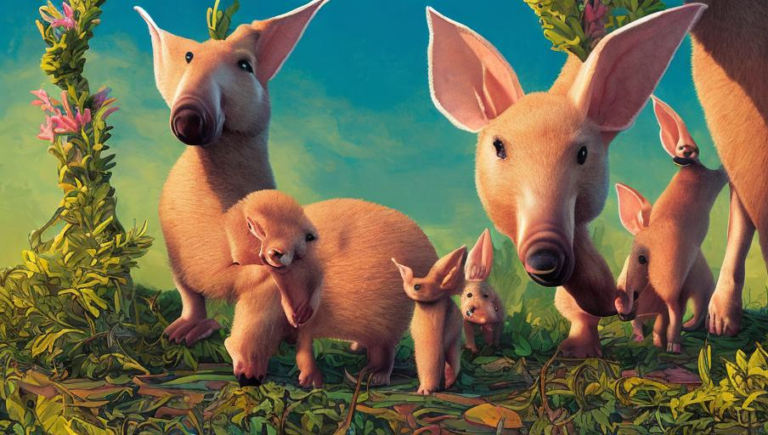Discovering the Albatross: An Overview of Species and Habitats
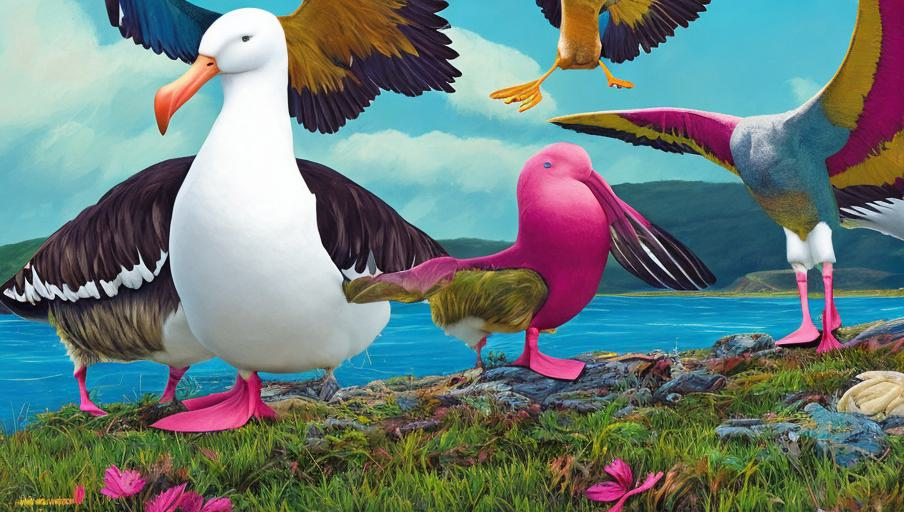
Introduction
The albatross is a large seabird found in the Southern Hemisphere, including the Atlantic, Pacific, and Indian Oceans. They are among the most spectacular birds in the world and are renowned for their incredible flying abilities. With wingspans reaching up to 3.7 meters (12 feet) in length, an albatross can soar for hours without ever flapping its wings.
Species
There are 22 known species of albatross, each of which have distinct characteristics. The Wandering Albatross, for instance, is the largest of the albatross species and can have a wingspan of up to 3.7 meters (12 feet). The Black-footed Albatross, however, is much smaller, with a wingspan of less than 2.5 meters (8 feet). Albatrosses also come in a variety of colors, including white, black, grey, and brown. Many species are also quite vocal, with each species having its own distinct call.
Habitats
Albatrosses are found in many different habitats, ranging from open oceans to coastal areas. They are especially fond of areas near upwellings, which are areas of cold water that bring up nutrient-rich food from the depths of the ocean. Albatrosses often nest in colonies on remote islands, where they can find safety from predators. They are also capable of swimming underwater and will often dive to depths of up to 50 meters (164 feet) in search of food.
Adaptations
The albatross is an incredibly adapted species. Its long wings enable it to soar for hours without flapping its wings, while its webbed feet allow it to land and take off from the water with ease. Albatrosses also have a highly developed sense of smell, which helps them locate food sources. They also have an acute sense of hearing, which allows them to detect prey from miles away. Lastly, they have thick feathers that protect them from the cold and wet conditions often found at sea.
Conservation
Due to their relatively long lifespan, albatrosses are particularly vulnerable to human activities, such as fishing and pollution. Many species of albatross are facing population declines due to these threats. Conservation efforts are ongoing to protect albatross habitats and to limit the amount of bycatch in fisheries. Additionally, there are several international conservation agreements in place to help protect albatrosses and their habitats.
Conclusion
The albatross is a remarkable species that is found in many different habitats around the world. Despite their incredible flying abilities, albatrosses are facing population declines due to human activities. Thankfully, conservation efforts are in place to help protect these majestic birds and ensure their future. From their incredible adaptations to their unique habitats, the albatross is an amazing creature that deserves to be protected.
